Common faults and solutions for various press brakes
Mechanical press brake
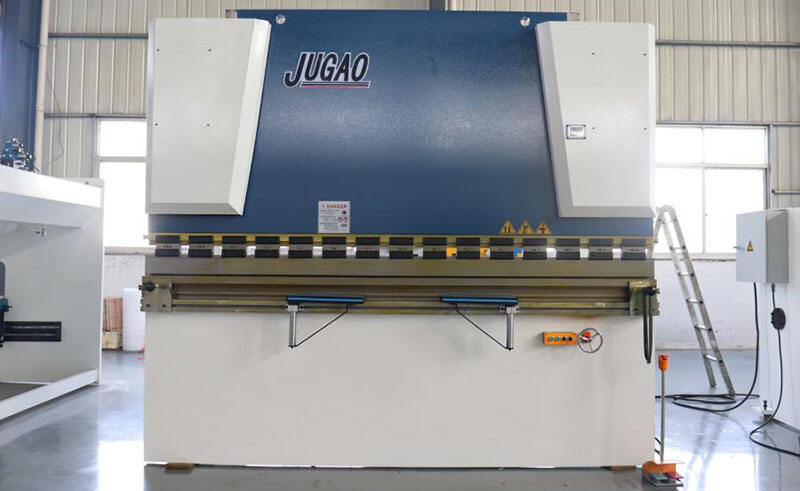
Fault 1: The guide clearance between the slider and the guide rail is too large, making an abnormal sound.
This type of fault is caused by the long use of the guide rail, which is worn and causes the clearance to increase. It is necessary to check the wear degree of the guide rail pressure plate, and determine whether to replace the guide rail pressure plate according to the wear degree, and readjust it to meet the required clearance.
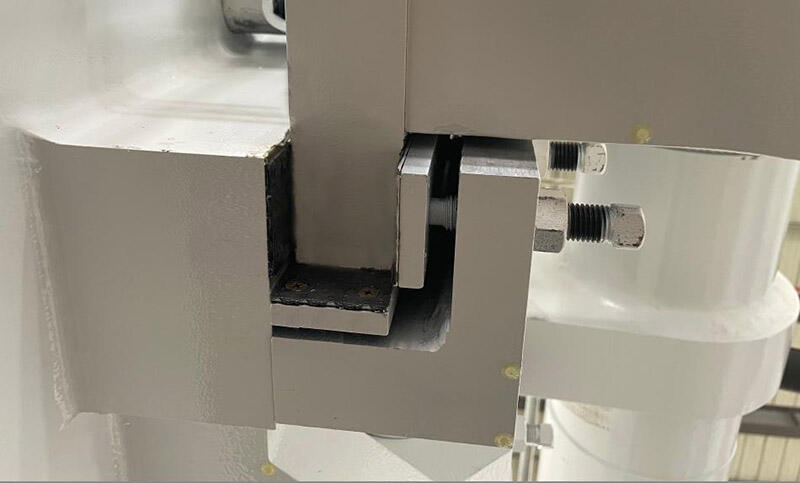
Fault 2: Failure of rear gauge transmission. Failure of rear gauge transmission is caused by the key bar of the transmission shaft and the synchronous pulley being separated or the synchronous belt slipping.
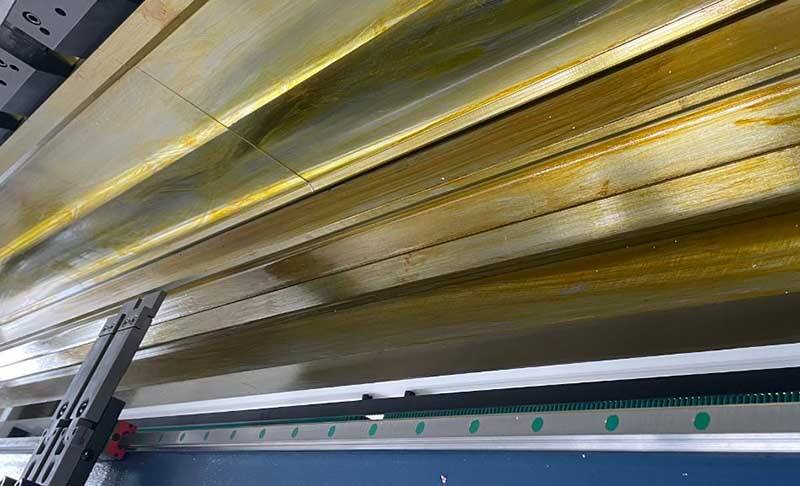
This type of fault requires reassembly of the key bar and the synchronous belt, and inspection of the electrical part.
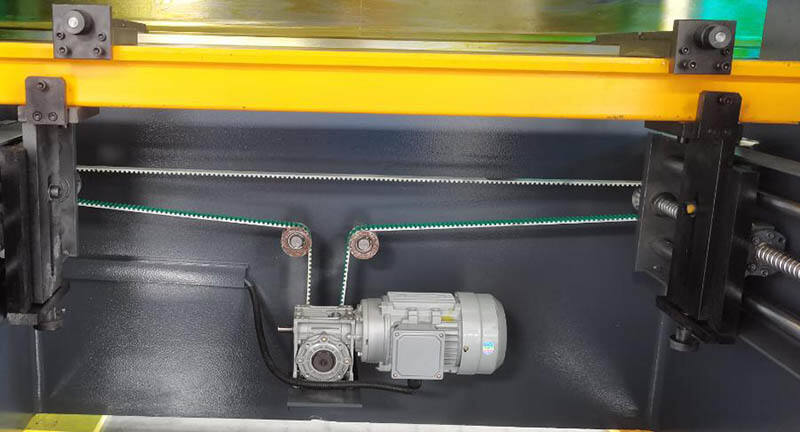
Fault 3: The parallelism deviation between the linear guide rail of the rear gauge crossbeam and the center line of the mold is too large. This type of fault requires loosening the "X" axis synchronous belt, readjusting it to the parallelism tolerance range, and reinstalling the synchronous belt.
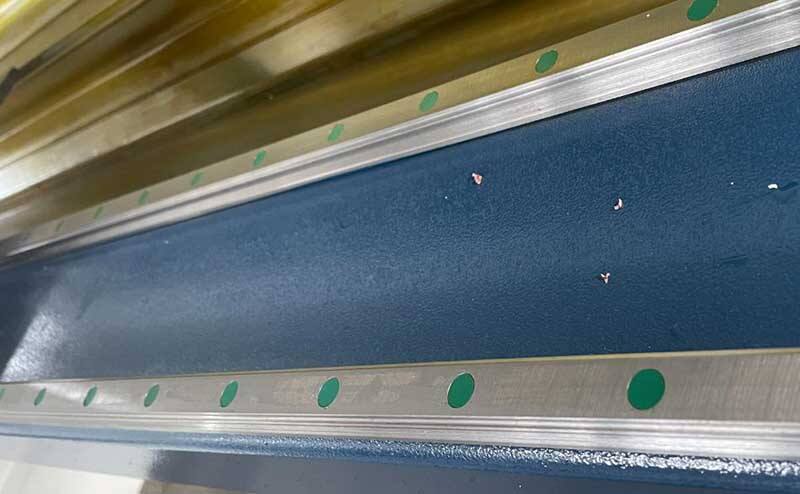
Fault 4: The connection between the cylinder and the slider is loose, causing the bending angle to be inaccurate or the machine cannot find the reference point.
This type of fault requires rechecking and tightening the connecting nut between the slider and the cylinder.
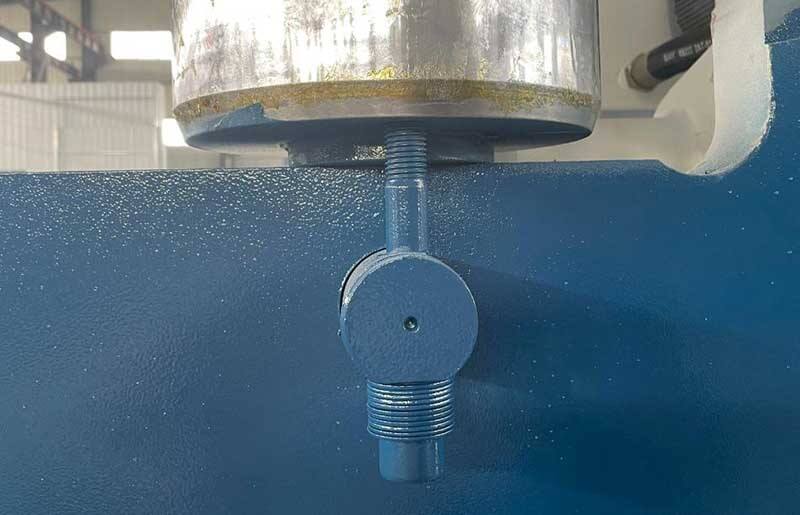
Hydraulic press brake
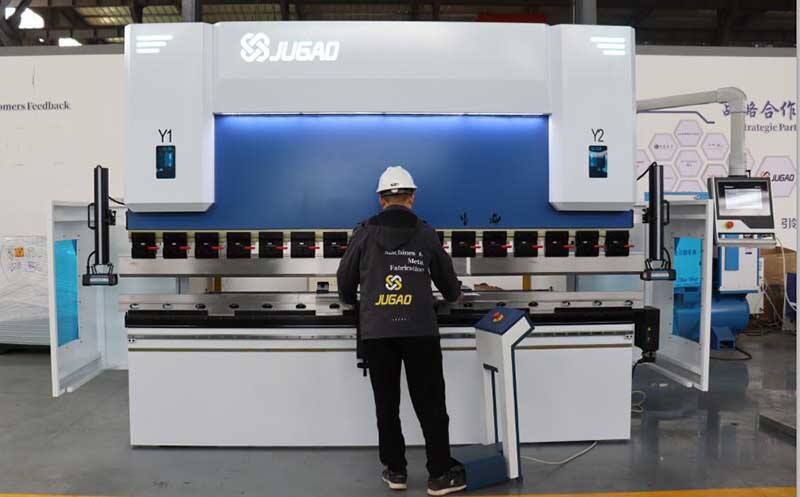
Fault 1: No pressure in the hydraulic system.
1. Check whether the electromagnetic coil of the proportional relief valve is energized and whether the voltage of the proportional electromagnetic coil meets the requirements. If the above reasons are the case, please check the relevant electrical reasons.
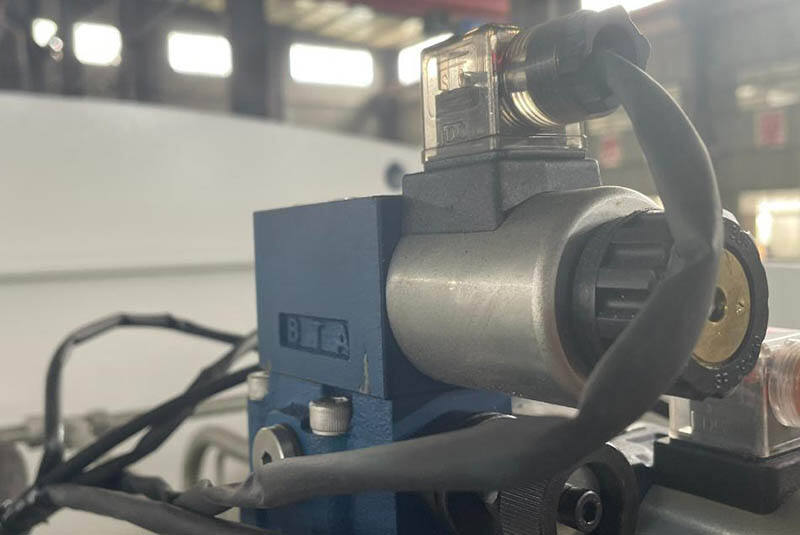
2. Check whether the cartridge valve is stuck or the main valve core is stuck, and the damping hole is blocked. If the above reasons are the case, please disassemble the relief valve, clean it, and reinstall it.
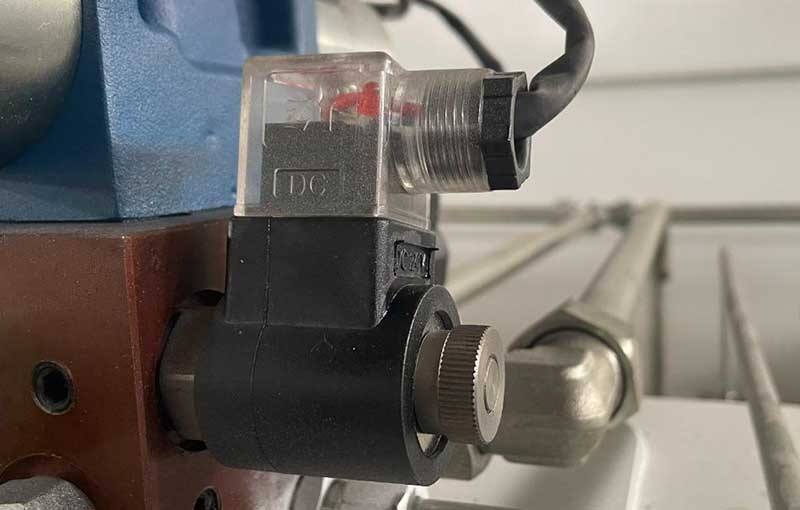
3. The three-phase power supply is phase-adjusted, causing the motor to reverse.
Fault 2: The slider turns slowly at high speed and the time pause is too long.
1. Check whether the oil level in the oil tank is too low, the filling port is not flooded, and the upper chamber of the oil cylinder is filled with liquid and sucked empty during fast forward, causing insufficient filling. If the above reasons are the case, the oil in the oil tank can be added to more than 5mm above the filling port to completely flood the filling hole.
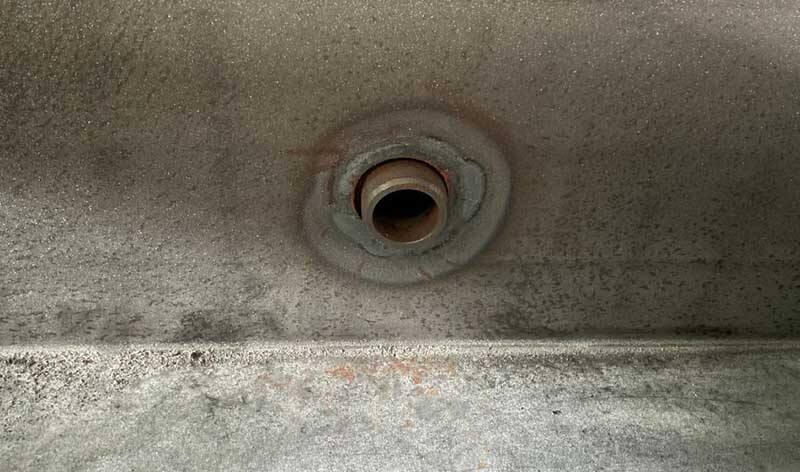
2. Check whether the fast forward speed is too fast, causing insufficient filling. If the above reasons are the case, the fast forward speed can be reduced by modifying the system parameters.
3. Check whether the filling valve is fully opened. If it is due to oil contamination, the valve core of the filling valve is not flexible and stuck, causing insufficient filling. The filling valve needs to be cleaned and reinstalled to make the valve core flexible.
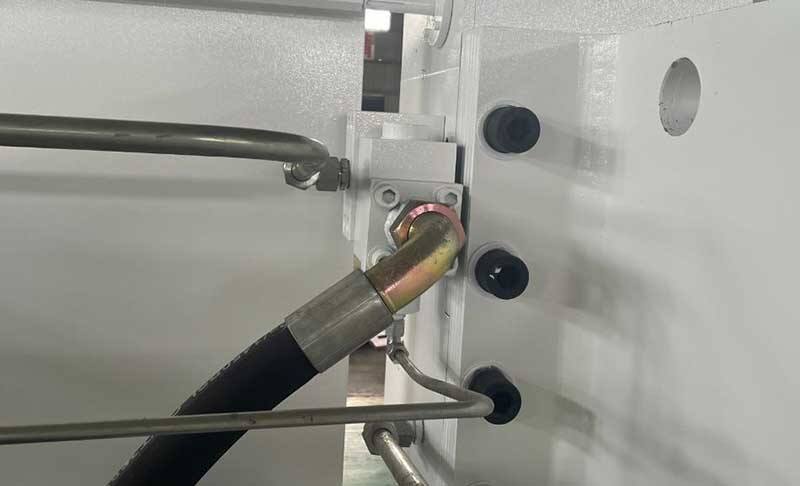
Fault three: The slider returns normally, the fast forward is normal, the manual cannot move slowly downward, and the folding plate is powerless.
1. Check whether the "two-position four-way" reversing valve that controls the filling control oil circuit is working properly. If it is, the filling valve is not closed, so that the upper chamber is connected to the filling port of the oil tank and pressure cannot be built. The reason why the valve cannot work properly is that there is no power or it is stuck.
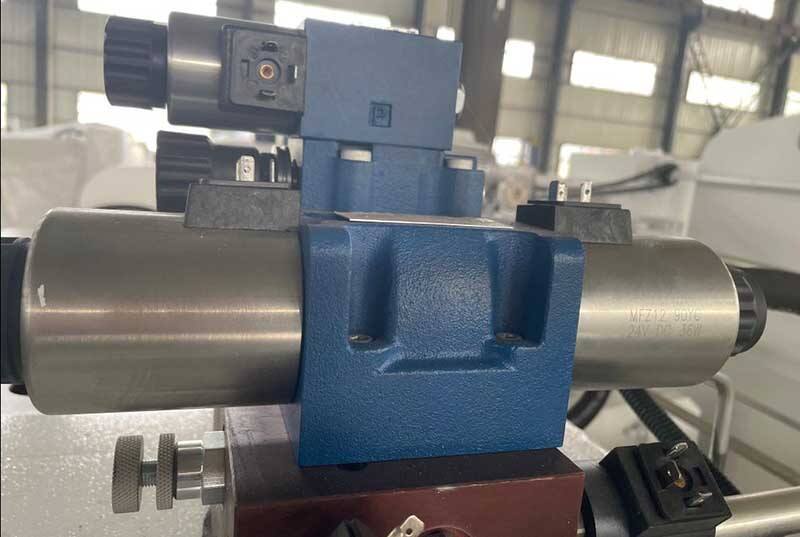
2. Check whether the filling valve is stuck. If so, please clean the filling valve and reinstall it to make the valve core flexible.
Fault four: The slider returns too slowly and the return pressure is high
This type of fault is mainly caused by the filling valve not opening. This phenomenon is just the opposite of the logical relationship of the above fault three. It can be handled by referring to the solution of fault three.


















































